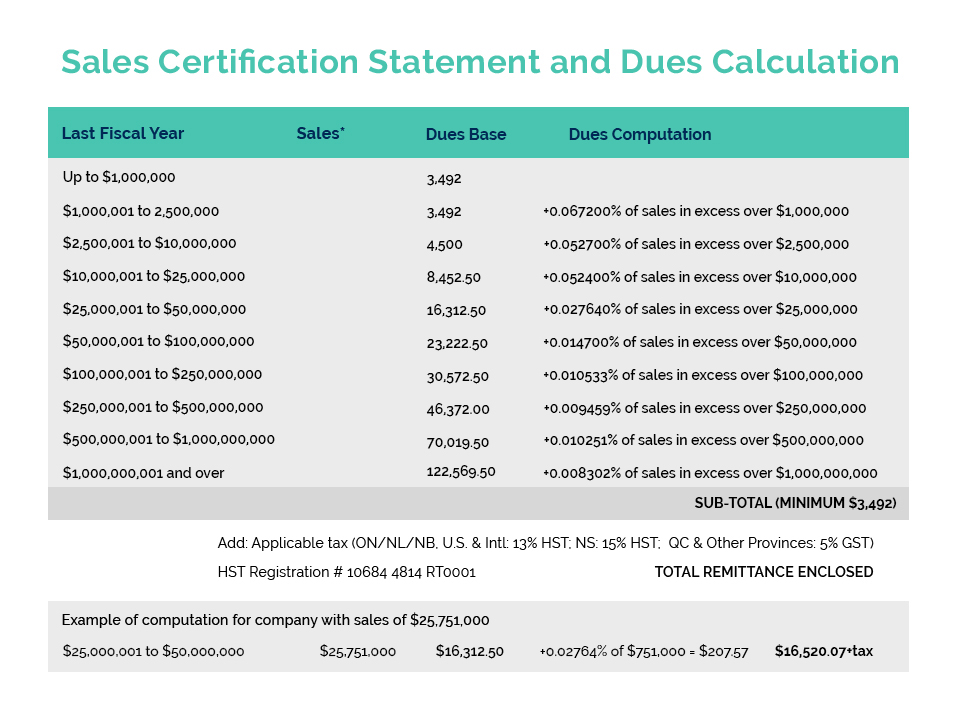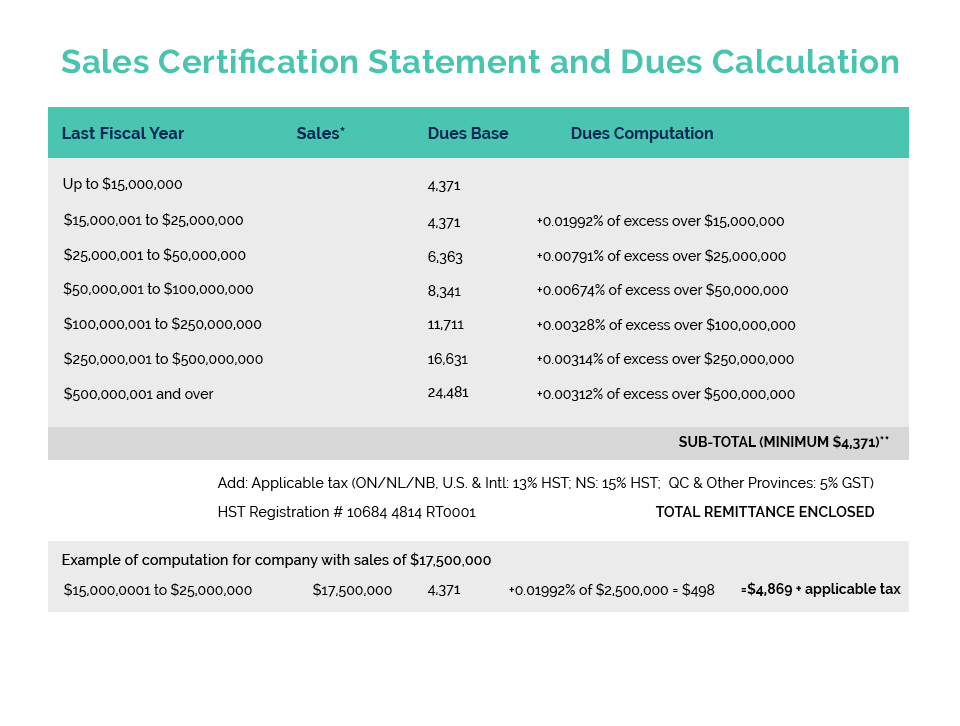CA Members need to be aware of proposed changes to Quebec’s Charter of the French Language (the “Charter”) which sets out the requirements for the use of the French Language in the Province, and how they may require changes to existing trademarks used on finished consumer products. This should be of particular interest to member companies who label products specifically for the Quebec (or Canadian) market, or who utilize an international (or North American) label to manage a single inventory.
Bill 96, which significantly amends and strengthens the Charter, was introduced into the Quebec National Assembly in May of 2021. The bill is now in the final stages of the legislative process and is expected to become law this spring in advance of the upcoming provincial election. An amendment specifically affecting trademarks on finished product labelling was recently added to the Bill at the committee stage and is expected to become law.
The Charter’s Current Requirements
Currently, there is an exemption for French language requirements for owners of “recognized trademarks” who may display a trademark in a language other than French as long as the trademark is legally recognized as a trademark and there is no French version registered in Canada. This has applied to both public signage and commercial advertising as well as product packaging and labelling.
This exemption has allowed for trademarks to include more descriptive words about the product in English as part of the trademark and so not require translation. This expanded use of the exemption is of concern to the Government of Quebec in meeting the objective of the Charter which is to preserve the use of the French Language in the Province.
Bill 96 and the Proposed Amendments
CA Members should note the following two changes:
1. New Rules for “Trademark” Exemption
The amendment adopted at the committee stage proposes to include in Bill 96 the following:
51.1 Despite section 51, on a product, a registered trade-mark within the meaning of the Trademarks Act (Revised Statutes of Canada, 1985, chapter T-13) may be drawn up, even partially, only in a language other than French, provided the trademark is registered within the meaning of the Trademarks Act (Revised Statutes of Canada, chapter T-13) and no corresponding French version appears in the register kept according to that Act.
However, if a generic [word or phrase] or a description of the product is included in this trademark, it must appear in French on the product or on a medium that is permanently attached to it.
Thus, the inclusion in the trademark of a generic word or phrase, or a description of the product, will trigger the translation requirements.
2. Interpretation of “Registered Trademark”
For the purposes of the exemption, the term “recognized trademark” has been interpreted to include registered or applied for marks in Canada, as well as common law marks.
Under Bill 96 as written, only those trademarks that are “registered” may be used in a language other than French. This puts into question -and perhaps eliminates – the application of the exemption to owners of common law marks or marks that have been applied for but not yet registered.
Concern for Our Industry – Implementation Timing and CA Outreach
As CA members have long advised, any changes to labelling require a significant lead time and are best undertaken when they can be included within a regular schedule for label changes. It is also important that there be sufficient time, or an enforcement allowance, for sell-throughs in both the primary and sometimes secondary retail markets.
Although the initial Bill did provide for a three-year implementation period for public signage and commercial advertising, CA will be pursing an equally appropriate implementation period for any changes required to product labelling, especially with labelling changes also now being proposed by Health Canada for cosmetics, natural health products and self-care products generally.
To this end, CA has retained Mr. Philippe Gervais of the Montreal office of the public affairs firm Navigator to assist us in this effort. Providing sufficient time to incorporate all required label changes within a company’s regular cycle for label updates/revisions, as well as securing a sell through period, is a key objective.
Please let CA know if you have any questions or unique circumstances that should inform our outreach to the Government of Quebec.







